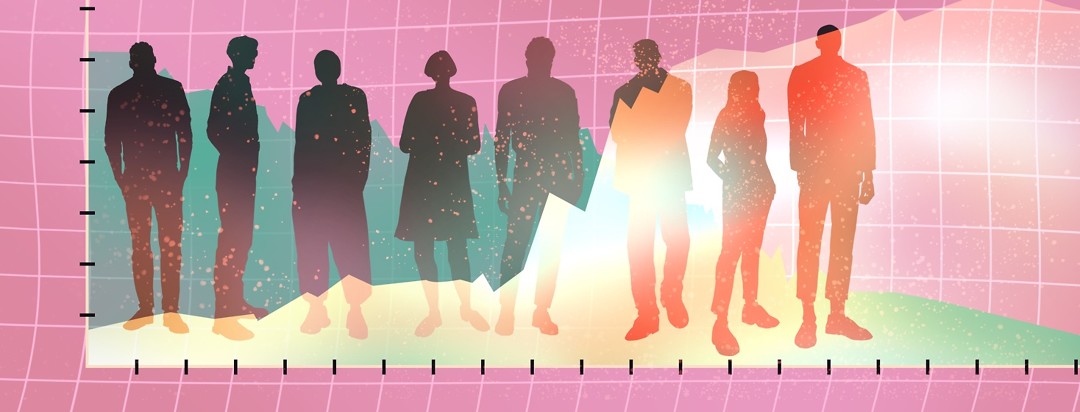Who Gets Diagnosed with Hepatitis C?
Millennials are the most likely subgroup of the population to get the hepatitis C virus (HCV) according to a 2019 study published in The Journal of Infectious Diseases.1,2 Specifically, this research reported that the likelihood of developing a hepatitis C (hep C) infection is influenced by age, race, birthplace, and gender.1,4
The number of hep C infections in the US has declined over the past twenty years for most groups, but study results say not for everyone.2 Hepatitis C is a virus which affects over 70 million people around the world including over 3.5 million Americans3
Who gets hepatitis C?
For years, Baby Boomers born between 1945-1965 had the highest prevalence of HCV compared to other age groups. But this has changed. Millennials, those born between 1980 and 1995, now are considered the most likely group to get the virus.1-2, 4-5
According to the study, HCV prevalence decreased overall from 1.32 percent in the period 1999–2004 to 0.80 percent during 2011–2016. This decrease proved notably significant in both US-born Black and White populations. However, the decline did not extend to people born outside of the US (foreign-born) or the younger population (those born after 1985).1-2,5
The highest prevalence of hepatitis C infection in those born in the US was in non-Hispanic Black patients. In recent years, the numbers were rising particularly amongst Mexican Americans and other Hispanics.2
What has changed?
The fastest-growing population of people with hep C are millennials. These changing demographics are thought to be caused in part by the opioid epidemic.1,4 This is happening for numerous reasons, such as increasing IV drug usage across urban, suburban, and rural areas. HCV is spread by contaminated blood. The infection can develop after sharing needles, using unsterilized medical equipment, and receiving contaminated blood products.3
Currently, the typical person infected with HCV is a younger male. Researchers suggest that without change or intervention, this trend will continue to grow over the next 7 years. That will bring the average age of people with the virus down to 28, the border of millennials and generation Z.3-5
According to the US Centers for Disease Control and Prevention (CDC) fewer than half the people with the virus are aware they have the HCV infection; They don’t know they are sick because they are often symptom-free, and therefore go untreated.1-3
Improved hep C testing and treatment is needed
Advances in the treatment of hepatitis C have changed the outlook for people infected with the virus. HCV is now considered curable with antiviral medications.1 Education on disease awareness and prevention could also help reduce the number of people affected by HCV.1-2
Community Poll
Do you have liver damage from hep C?

Join the conversation